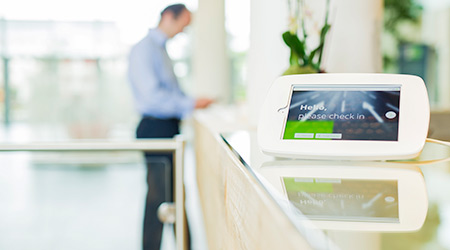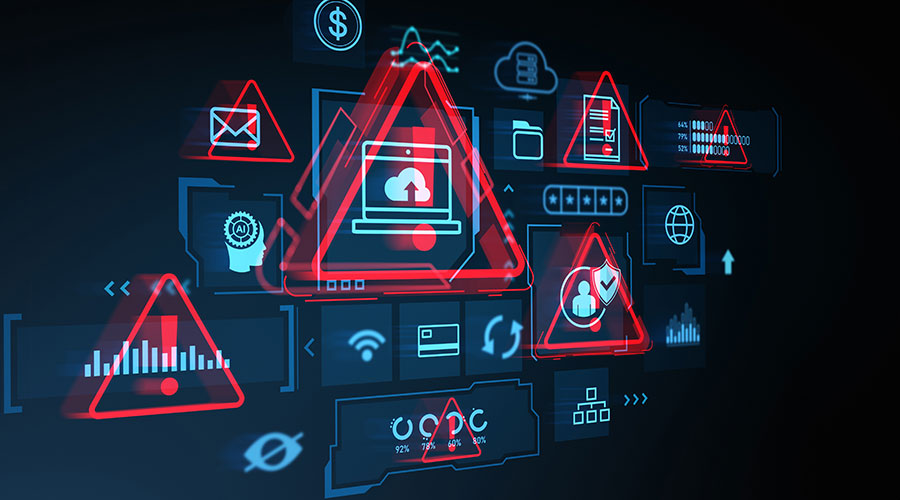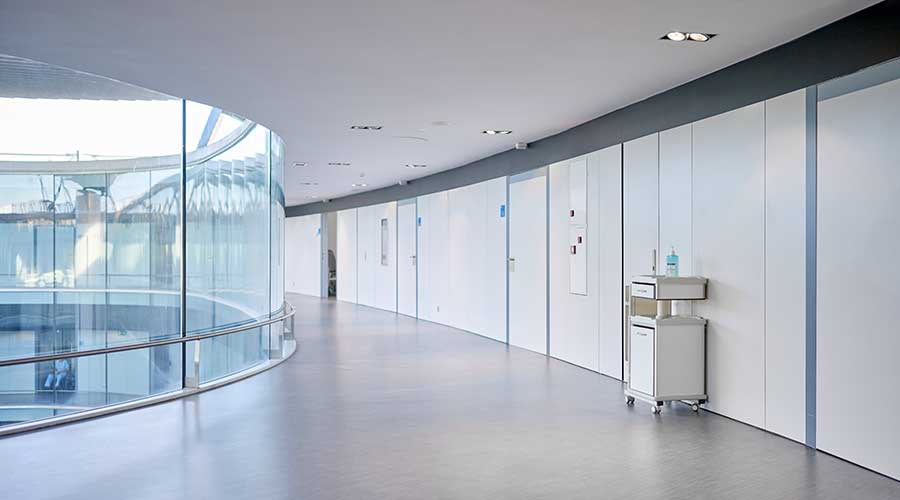The healthcare industry, perhaps more so than others, face a multitude of threats to people and property, which is why finding a good visitor registration system is especially important.
Healthcare facility security must contend with these threats while balancing the need to maintain an open and inviting environment that facilitates the highest levels of medical treatment and innovation.
Balancing patient satisfaction with hospital security
Competition between healthcare organizations continues to grow, placing greater emphasis on patient satisfaction. In a hospital setting research suggests that individuals recovering from surgery who have family with them suffer less nerve-related pain, and their inflammation levels decrease faster.
As a result, many hospitals have removed restrictions on visitor sign in hours to create more welcoming and nurturing environments. In addition, hospital security departments have their own critical contribution to patient acquisition and retention goals – ensuring the security and safety of the patients, visitors and others.
While relaxed visiting hours are proving beneficial to health and patient recovery, this trend places a far greater burden on security departments and staff who must ensure that everyone who comes and goes from a facility is subject to an effective visitor log system. The challenge for hospital security professionals is to balance these broad access and security objectives while preserving the safety and privacy of patient and visitors.
The strain is intensified by the additional need to maintain and demonstrate compliance with the Health Insurance Portability and Accountability Act (HIPAA), Joint Commission standards, and other government and industry regulations governing healthcare organizations.
Here are four ways your healthcare facility or lab’s visitor management system can improve the safety, profitability and welcoming atmosphere of a facility or lab:
Be more effective. Instead of an employee checking everyone into your office or building, a visitor check in kiosk system, such as Proxyclick, can be utilized. If utilities the visitors register system ahead of time, then they simply have to sign in on the kiosk. If they’re not registered, they can do so right there. This frees up the desk staff, making employees more productive.
Easily collect and refine information. Many systems ask visitors or guests to sign in by scanning their access cards or photo recognition.
On the screen, information appears and the visitor is asked to change or approve the information. This ensures that the most recent information that a company needs for your business, such as name, SSN, email, phone number, DOB, and address, is up-to-date. Often, health insurance information can easily be approved for billing purposes since visitor management kiosks can auto-fill pertinent information.
Safeguard patients, customers and staff. Some visitor log systems in security offices require real-time background checks. If a visitor’s information passes the check, then a badge can be printed out for them that is used for a particular amount of time—such as five hours, 24 hours, or a week. You can also require someone to have an escort, depending upon their information.
Supplement office and building security. Visitor management kiosks can also be used to gather data that tells management and building owners not only who is entering the building, but how often, what time, and how long they stay. At the same time, an emergency situation can be controlled more efficiently if management knows what visitors are in the building.
Gregory Blondeau is the CEO of Proxyclick, a supplier of visitor management solutions.

 Healthcare Facilities Look to Future-Proof Facilities
Healthcare Facilities Look to Future-Proof Facilities Yale New Haven Health Experiences Data Breach
Yale New Haven Health Experiences Data Breach Rethinking Facilities: A New-Generation Approach to Behavioral Healthcare
Rethinking Facilities: A New-Generation Approach to Behavioral Healthcare ThedaCare to Open Medical Center in Fond du Lac, Wisconsin
ThedaCare to Open Medical Center in Fond du Lac, Wisconsin UF Health Hospitals Rely on Green Globes to Realize Their Full Potential
UF Health Hospitals Rely on Green Globes to Realize Their Full Potential